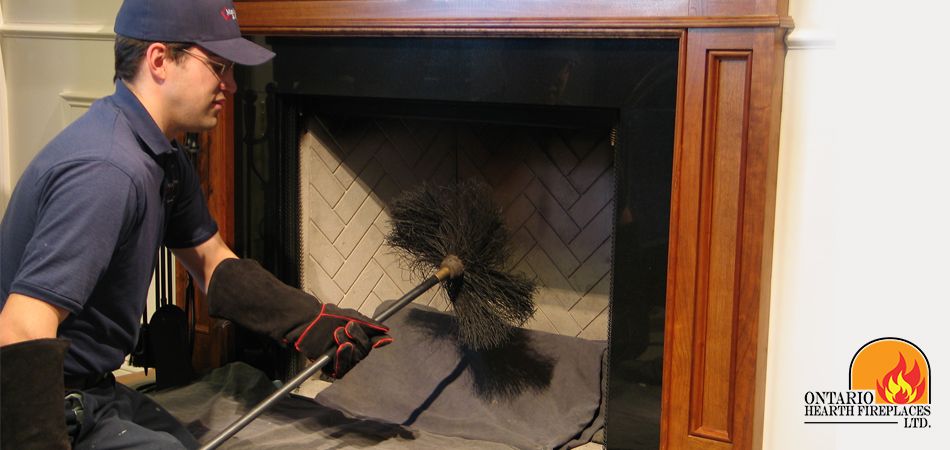When you burn wood, smoke is produced which leads to air pollution. Many North American homes can’t survive without a fireplace due to extreme cold weather conditions. Hence, avoiding fireplace use long-term is not a solution. Instead, it’s better to find ways to use a fireplace while minimizing the pollution.
If you have a fireplace in your home, then keep reading this blog post and learn how to reduce pollution resulting from smoke.
- Burn untreated and seasoned firewood
You should always select untreated wood that has dried for 6 months and are seasoned to burn. This type of wood is safe and will release fewer particulates into the air, producing less smoke. Painted wood, plastic, cardboard and other types of treated wood will release toxic chemicals into the atmosphere when burned leading to hazardous health issues.
- Ensure proper installation
An improper venting configuration and fireplace insert installation will lead to indoor and outdoor pollution. For instance, if the outlet of a fireplace insert is larger than the flue in the chimney, then there will be an imbalance in the airflow where the insert will not receive adequate air to combust. This will lead to inefficiency of the hearth.
- Keep the damper fully open while using the fireplace
You must open the damper (located in the throat of a masonry chimney above the firebox meant to seal the fireplace) when you use your fireplace. This allows the air to flow out of the chimney producing no smoke in the room.
NOTE- If the damper is partially opened, then it allows partial airflow which may decrease the efficiency of the fireplace.
- Install a fresh chimney liner
A new chimney liner (insulates the chimney from the outside temperature keeping it warmer, improving the airflow in the chimney and producing better heat) prevents hot embers and carbon monoxide (CO) from leaking through cracks in the masonry. It also improves the efficiency of your hearth.
- Warm up the chimney before use
Indoor smoke is caused if the smoke is not flowing into the chimney. This can occur due to a cold flue system which reverses the airflow in the chimney creating smoke in the home. Warm up the chimney with a torch or roll up a cone of paper near the mouth of the chimney. You will get the desired result when you see the smoke is being pulled up.
- Get a chase cover or a chimney cap
A chimney cap or chase cover is a smart buy because it prevents the entry of pests and other debris from clogging the chimney and interrupting proper airflow. It sits at the top of the chimney and also reduces the risk of damage caused by rainwater.
- Call professionals for annual inspection and clean-up

Deposits of soot (the black flaky substance of amorphous carbon produced by the burning of a fireplace) occur around the wall of the chimney when you use your fireplace. This is dangerous because it is highly combustible and also hampers the chimney’s performance clogging the airflow. So, once a year calling professionals and getting it cleaned is mandatory.
By following the advice above, you can lessen the air pollution created by your fireplace and enjoy its warmth while still being eco-friendly. If you’re looking to buy fireplaces in Ontario, then contact Ontario Hearth, an authorized dealer of different types of the fireplaces and request a quote today.
